Sake is more than just a drink it’s a cultural experience steeped in centuries of ritual, refinement, and seasonal celebration.
Whether you're tasting a chilled daiginjo at a summer gathering or sipping warm junmai on a snowy night, knowing how to drink sake properly can transform a simple pour into a soulful moment.
Quick Sake Etiquette: Do’s and Don’ts
- Do: Use both hands to show respect when pouring or receiving sake.
- Do: Pour for others and wait for someone to pour for you it fosters connection.
- Do: Say “kanpai” before your first sip as a sign of togetherness.
- Do: Drink water alongside sake called yawaragi-mizu or “calming water” to stay hydrated and enhance the experience.
- Don't: Pour sake for yourself, especially in formal settings it’s considered improper.
- Don't: Drink directly from the tokkuri (serving bottle) always use a cup or glass.
Ideal Serving Temperatures by Sake Type
- Daiginjo / Junmai Daiginjo: 5–15°C (41–59°F) — Best chilled to preserve delicate aromas.
- Ginjo / Junmai Ginjo: 5–15°C (41–59°F) — Light and floral; enjoy chilled or at room temp.
- Honjozo: 10–45°C (50–113°F) — Versatile; warm, cool, or room temp
- Junmai: 15–50°C (59–122°F) — Earthy and full-bodied; warming enhances umami.
- Nigori: 5–10°C (41–50°F) — Chill to enjoy its creamy sweetness and texture.
How to Warm and Chill Sake: Step-by-Step
Warming Sake (Water Bath Method)
- Fill a ceramic tokkuri with sake.
- Boil water in a pot, then turn off the heat.
- Place the tokkuri in the hot water (water should cover half the tokkuri).
- Let it warm for 2–4 minutes, aiming for 40–50°C (104–122°F).
- Dry the tokkuri and serve gently.
Chilling Sake
- Place the bottle or carafe in an ice water bath for 15–30 minutes.
- Do not freeze — this can compromise flavor and texture.
- Serve chilled sake in a wine glass or ochoko to preserve its bouquet.
How to Use Different Sake Vessels
- Masu: Sip from a flat edge (not the corner) to avoid spilling. Often paired with a glass inside or used for celebrations.
- Ochoko: Classic small ceramic cups. Hold with both hands in formal settings, one hand casually at home.
- Guinomi: A larger, informal sake cup great for relaxed settings and umami-rich junmai.
- Wine Glass: Perfect for ginjo and daiginjo. Swirl gently to enjoy complex aromas and flavors.
Home Sake Tasting Ritual
- Prepare: Use clear, matching glasses for a consistent comparison.
- Observe: Look for clarity, hue, and bubbles. Slight yellows indicate age; cloudiness may signal nigori.
- Smell: Swirl and sniff. Notes may include melon, rice, pear, or yogurt — depending on style.
- Taste: Sip and let it spread across your tongue. Look for balance between sweetness, umami, acidity, and bitterness.
- Compare: Try multiple temperatures to see how flavor and aroma evolve.
Types and Styles of Sake
There are several main types of sake, each with unique characteristics:
- Daiginjo: Highly polished rice (50% or less), aromatic and refined
- Ginjo: Light, fruity, elegant—great served chilled
- Junmai: Pure rice sake with deep umami flavors
- Honjozo: Lightly fortified with brewer’s alcohol for smoothness
- Futsushu: Table sake, often served warm
- Namazake: Unpasteurized, fresh, and vibrant
- Nigori: Cloudy sake with a creamy texture
Each style offers a new experience depending on how it’s served, paired, and enjoyed, making sake one of the most versatile beverages in the world.
Perfect Food Pairings with Sake
- Sushi & Sashimi: Chilled junmai ginjo balances delicate seafood with gentle acidity and aroma.
- Tempura: Crisp honjozo cuts through oil and resets the palate between bites.
- Yakitori: Charred meats pair beautifully with warm, umami-rich junmai.
- Cheese: Soft cheeses (like brie) go well with lightly sweet nigori or sparkling sake — creamy meets smooth.
- Western Cuisine: Sake’s low acidity and clean finish make it surprisingly good with pasta, roast chicken, or desserts.
Sake Storage and Shelf Life
- Unopened: Store in a cool, dark place (5–15°C or 41–59°F). Avoid light and heat, which degrade flavor.
-
Opened: Refrigerate immediately. Consume within:
- 3–5 days for ginjo or daiginjo
- 7–10 days for junmai, honjozo, or nigori
- Tip: Use a wine stopper or vacuum seal to slow oxidation.
Bring Tradition to Your Table
Understanding how to drink sake brings you closer to the culture and craftsmanship behind every bottle. From proper etiquette to warming techniques, vessel choices to food pairings, sake is more than a drink, it’s a ritual, a connection, and a celebration of Japanese artistry.
Explore our collection of handcrafted sake sets to elevate your experience and honor the tradition at home.
FAQ – How to Drink Sake
-
Can you drink sake cold or hot?
Yes. Chilled sake enhances aroma and clarity. Warming sake enriches umami and smoothness ideal for earthy types like junmai. -
What is yawaragi-mizu?
It means “calming water”, drinking water alongside sake helps cleanse the palate and prevent fatigue during long meals or tastings. -
What’s the best cup for sake?
Use a wine glass for aromatic sake, a masu for tradition, or an ochoko for warm pours. Each affects aroma, flavor, and ceremony. -
Can I store sake like wine?
No. Sake is more delicate. Keep it cool and out of the light, and refrigerate after opening. It does not age in the bottle like wine. -
Can I cook with leftover sake?
Yes. Use leftover sake in marinades, soups, or sauces. It adds depth and umami to many dishes — even Western recipes.





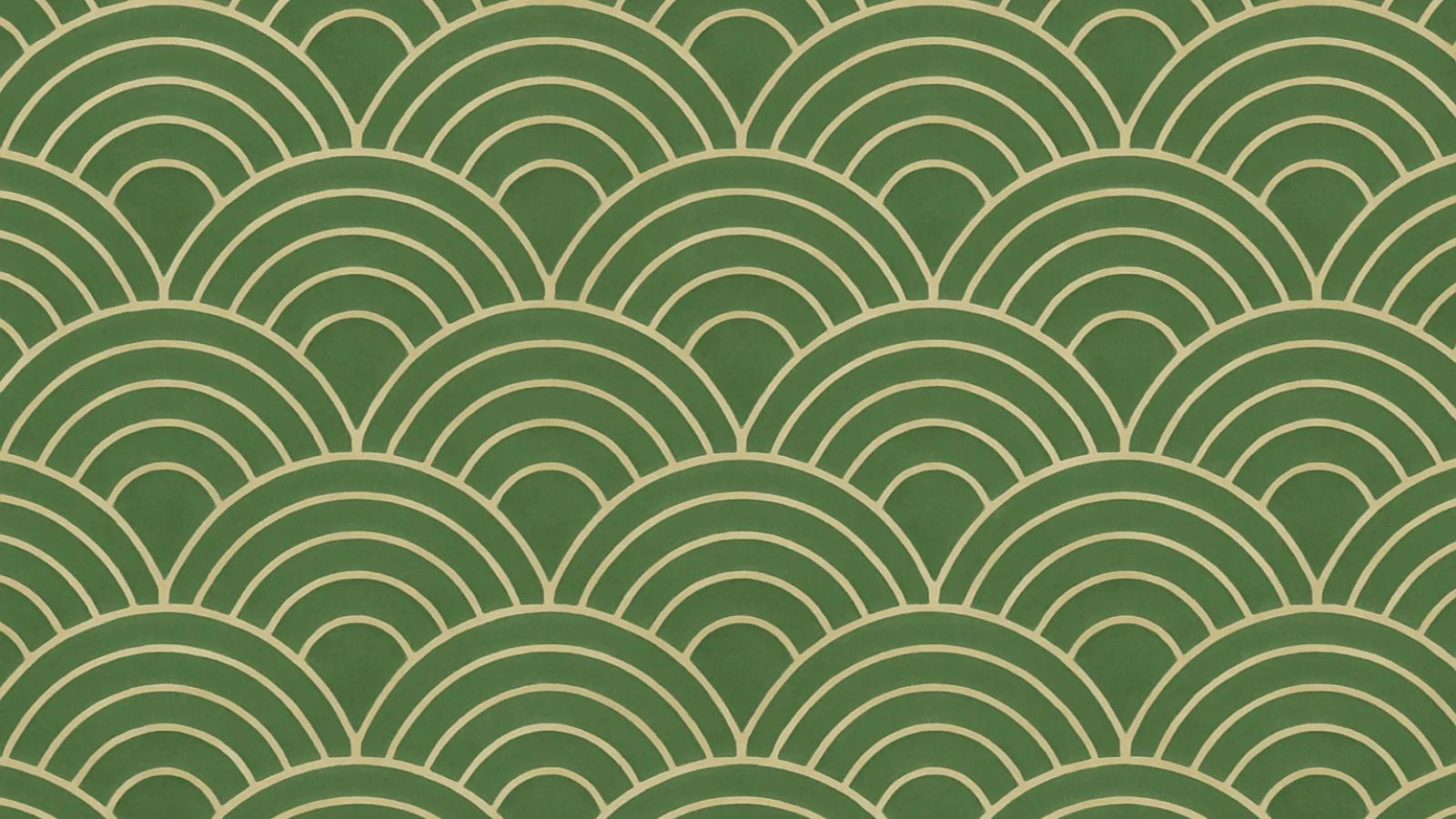

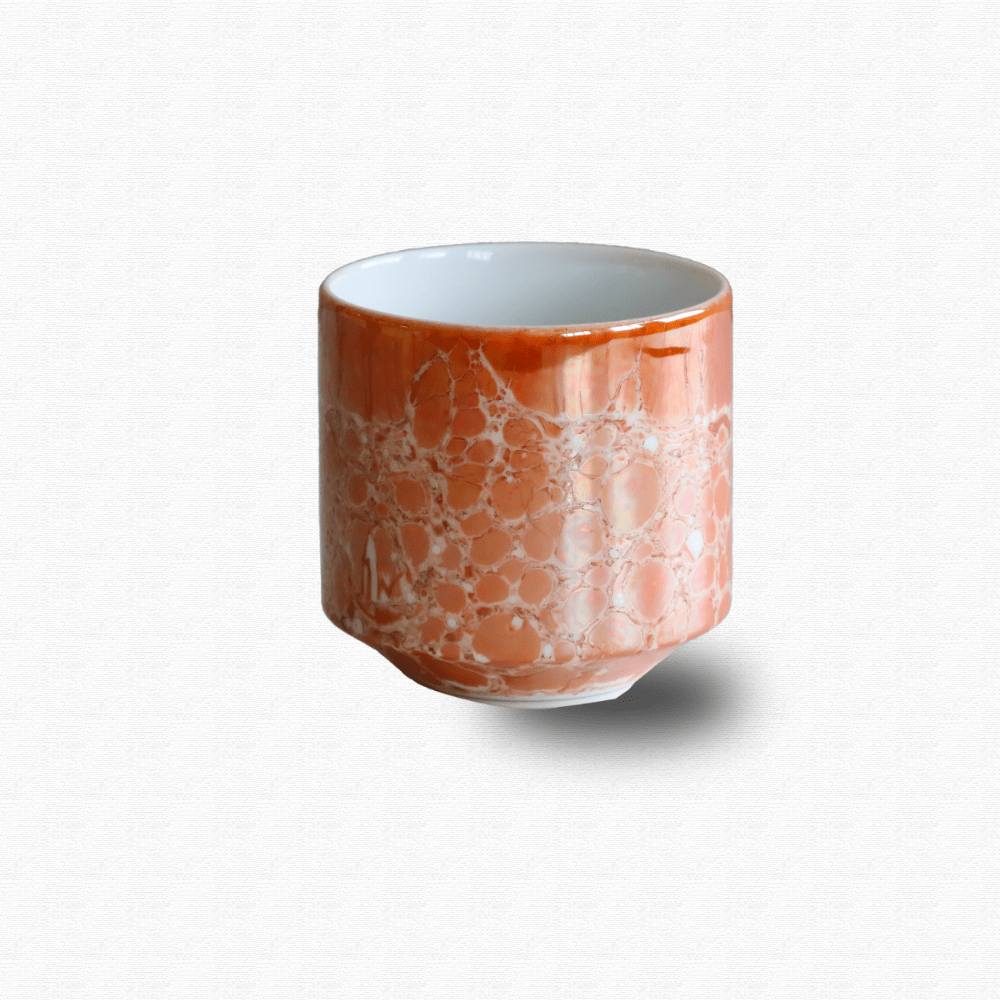
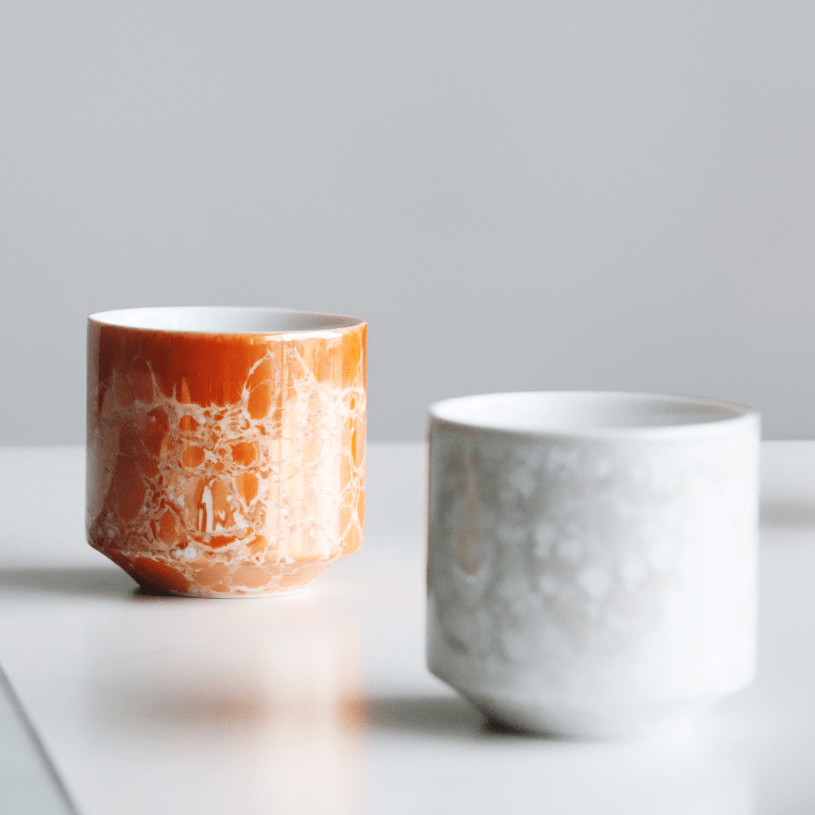
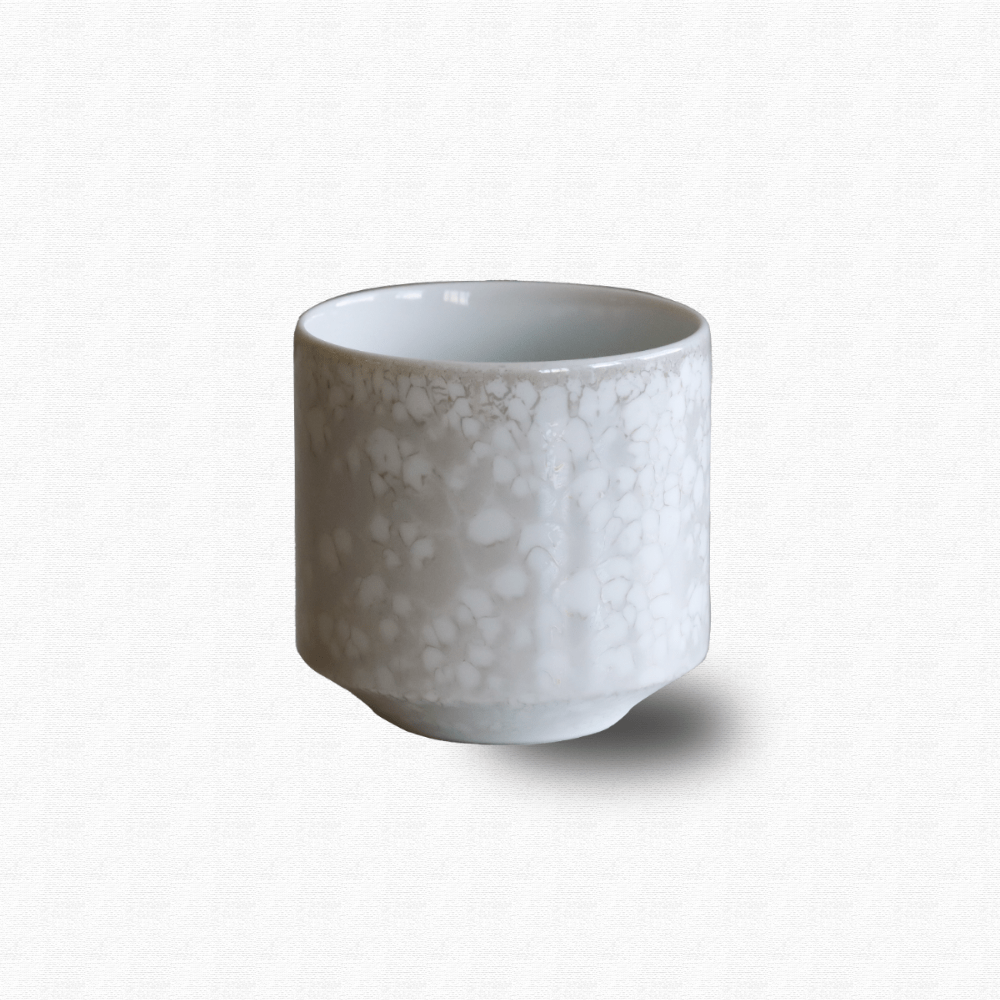
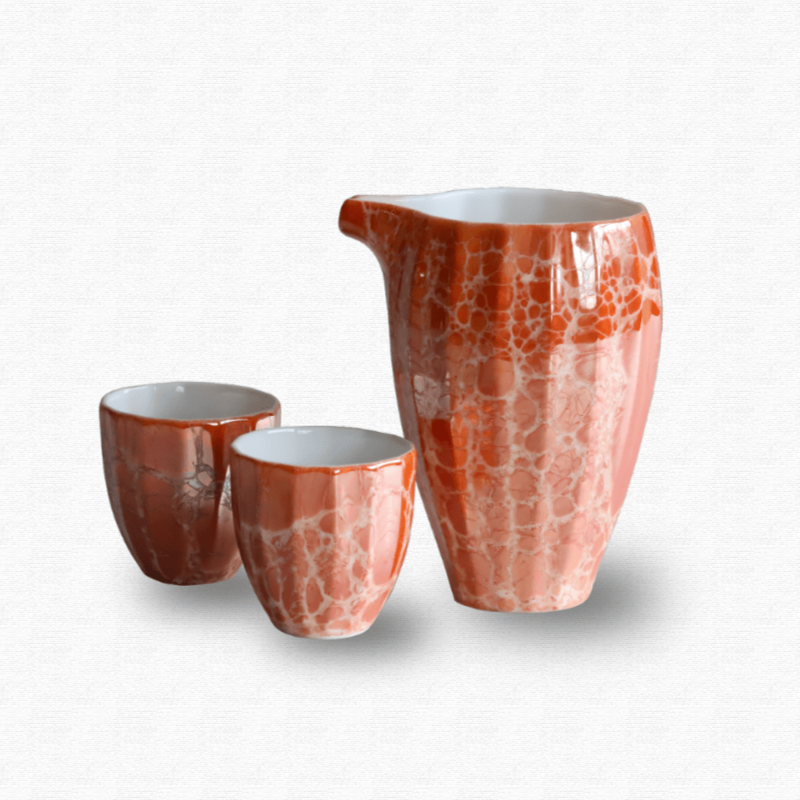

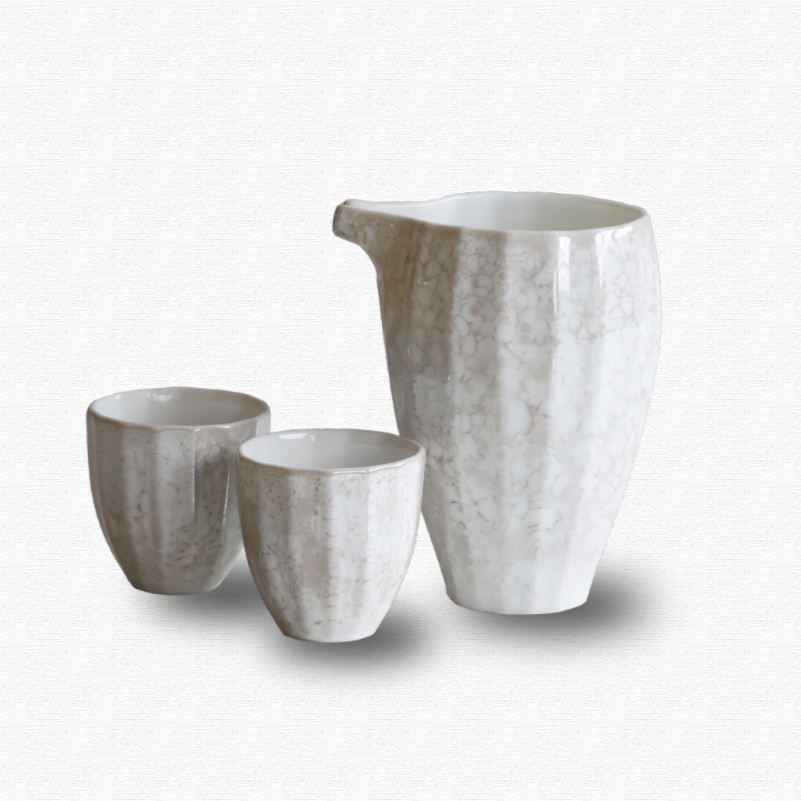
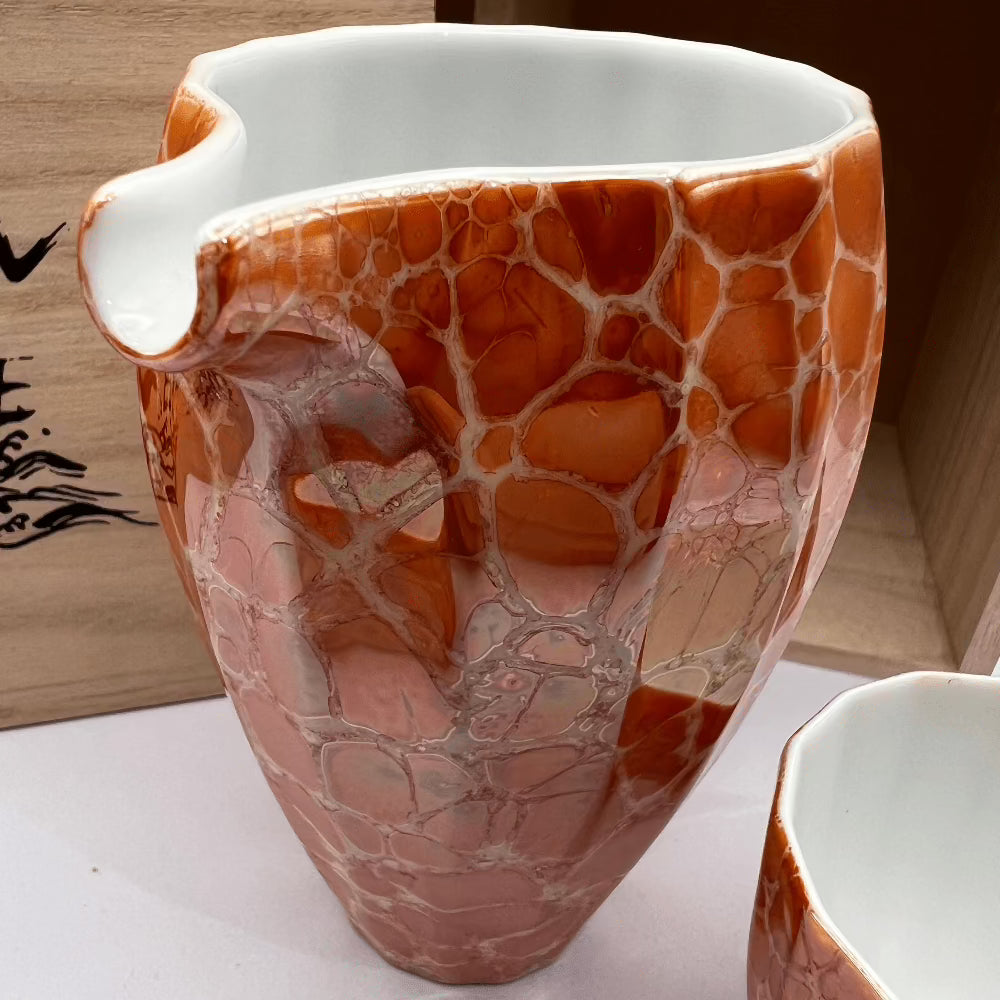
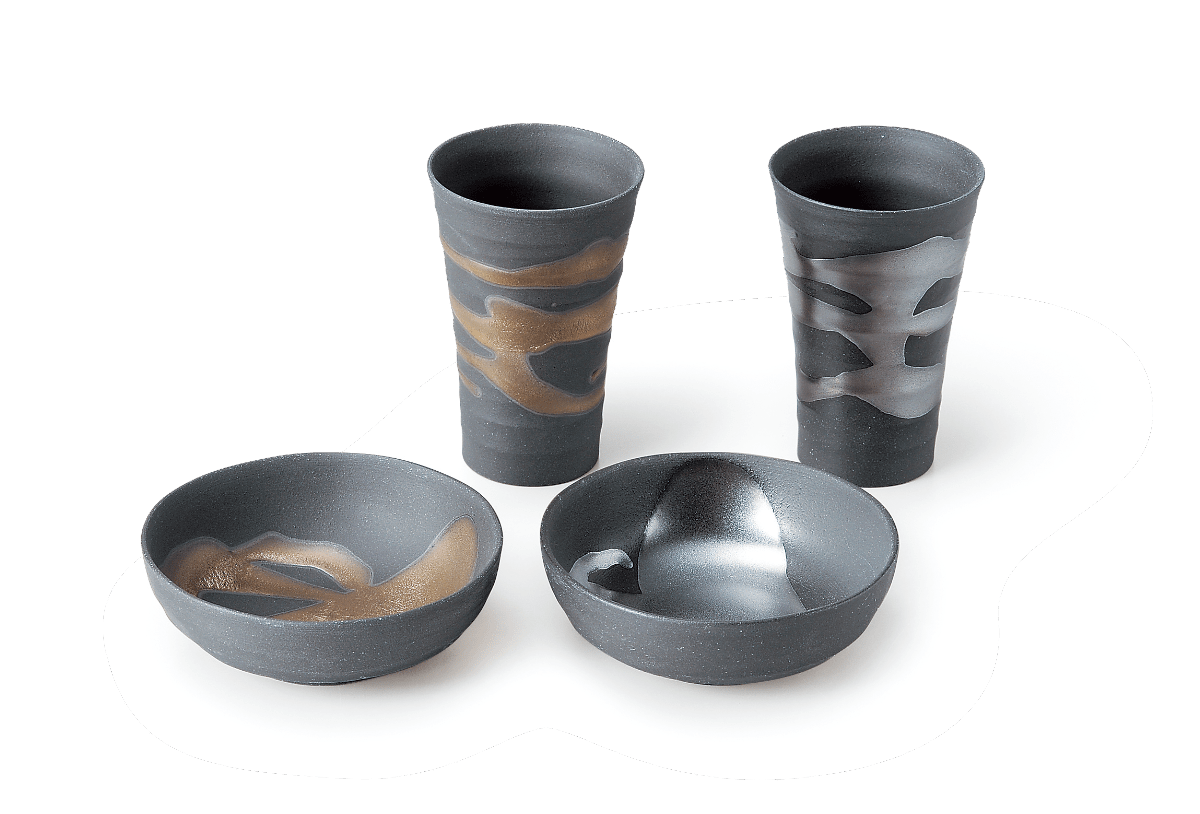
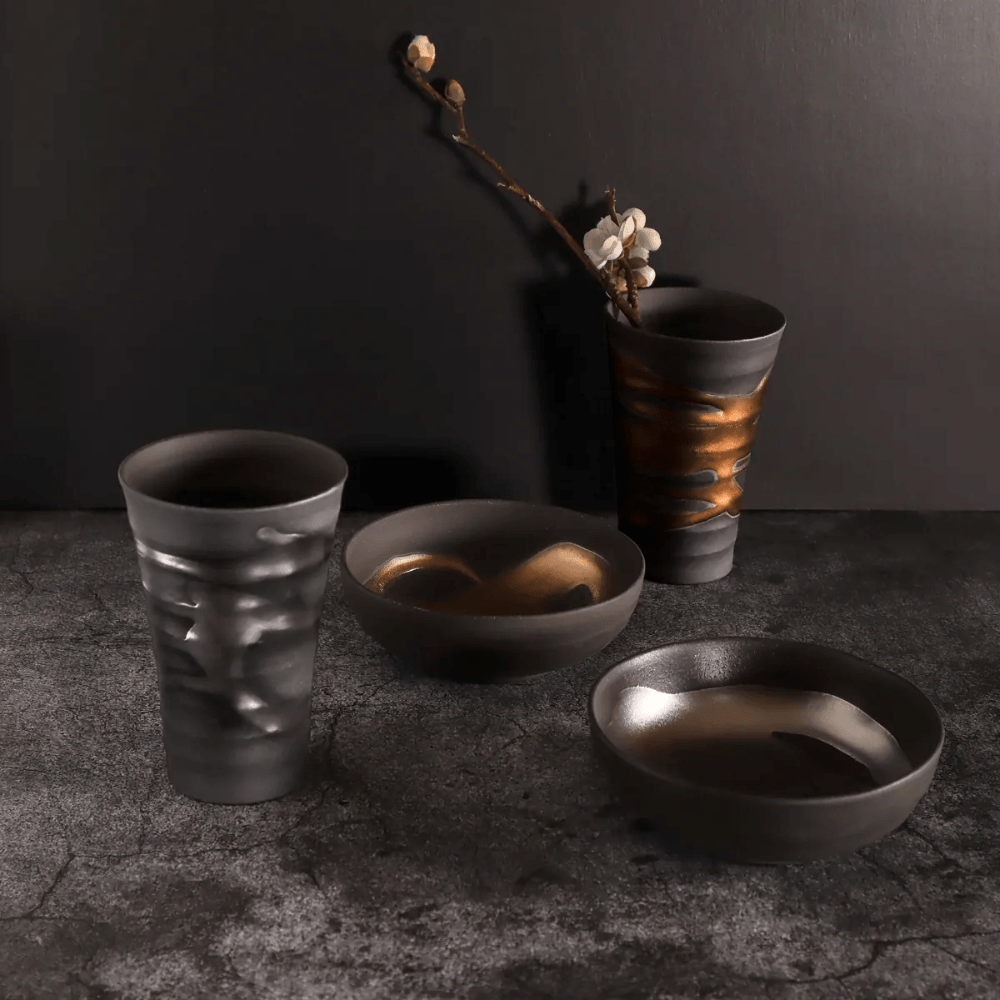
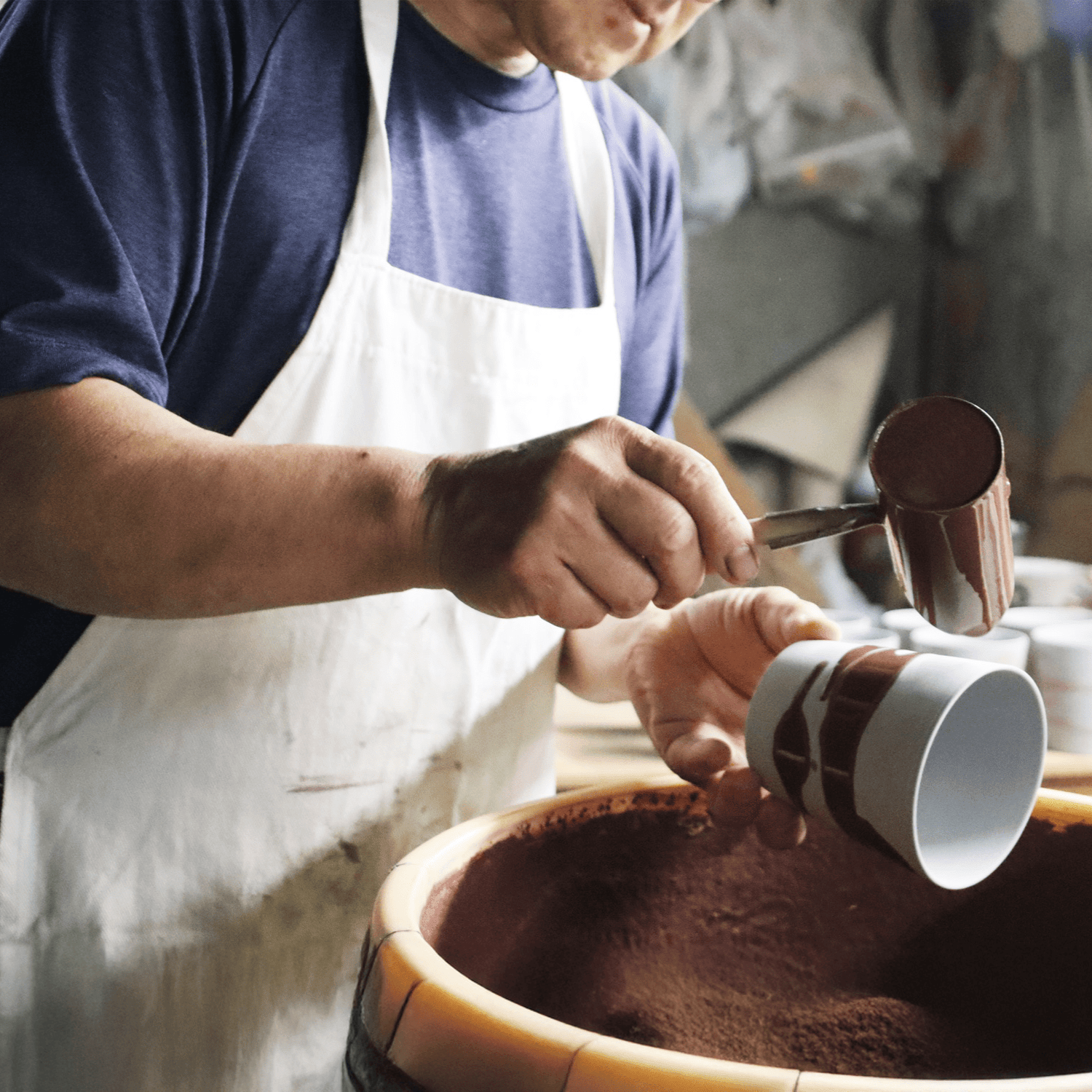
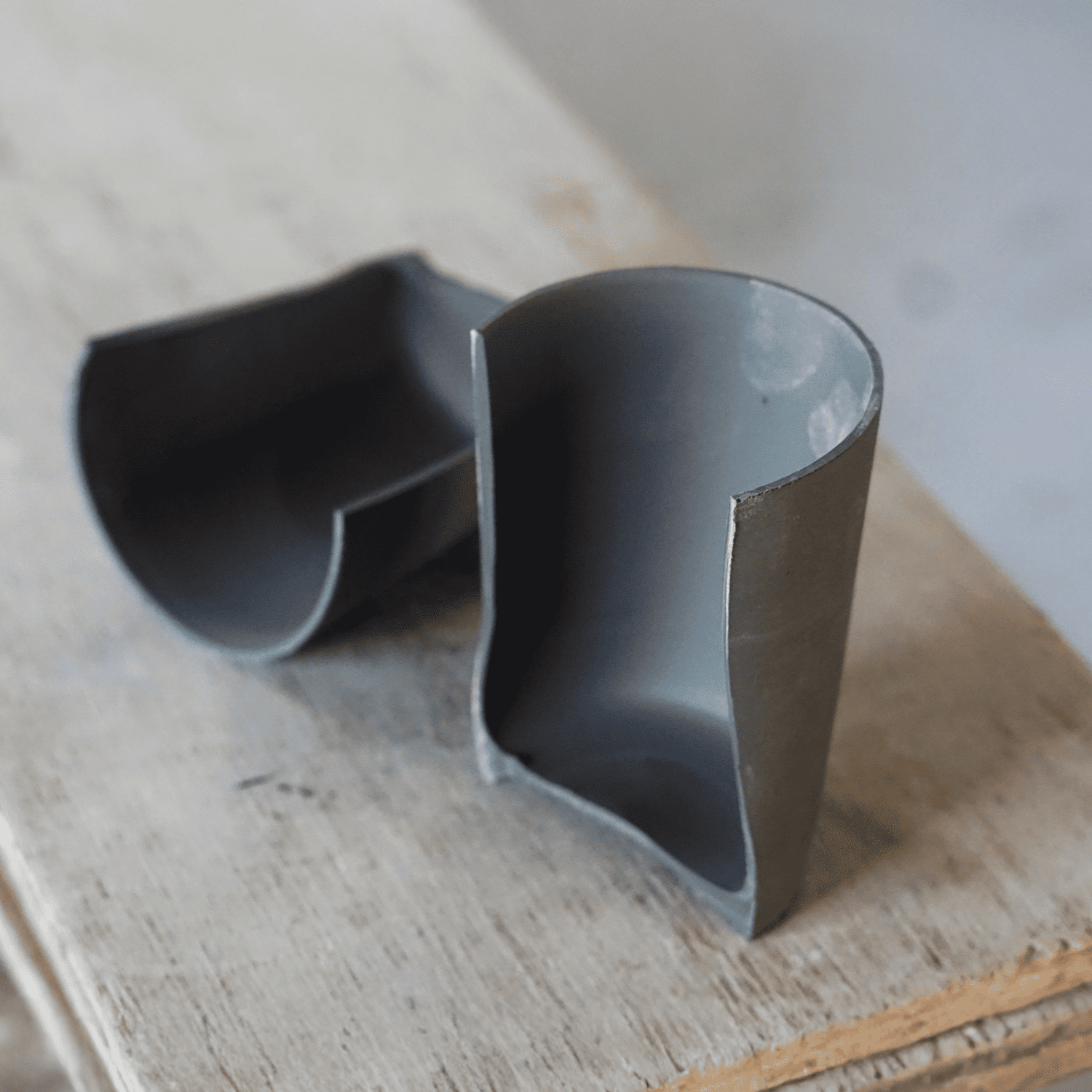
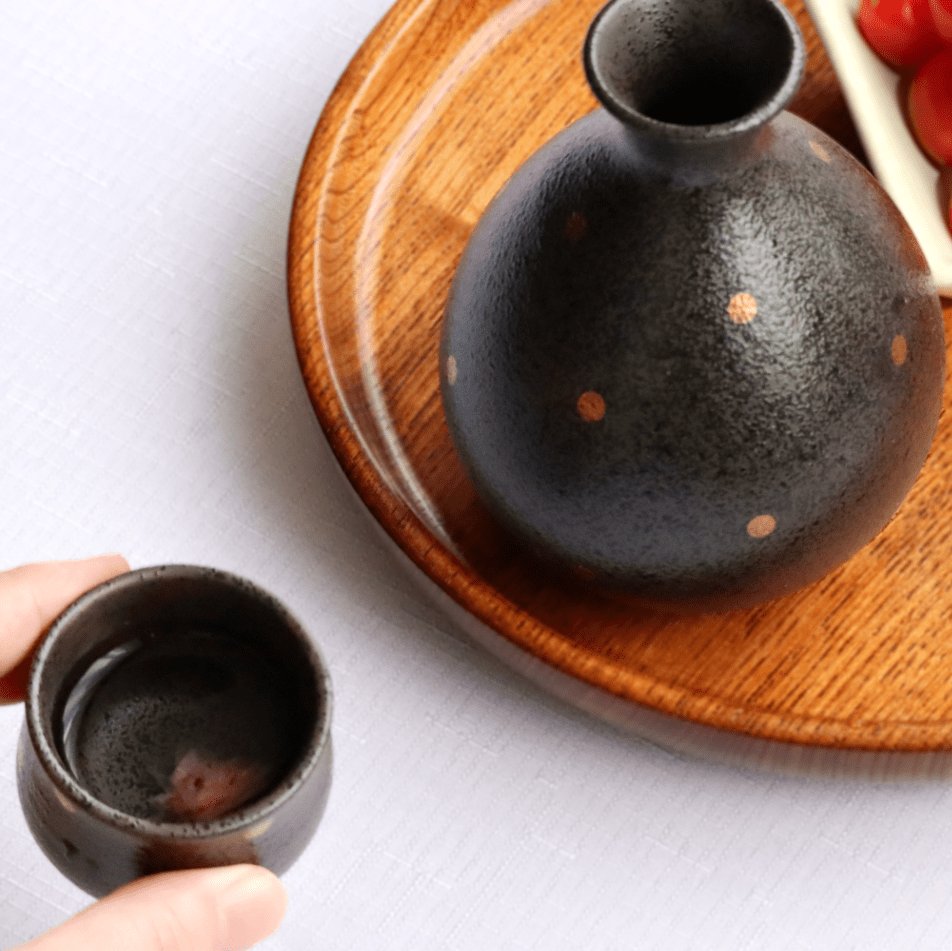
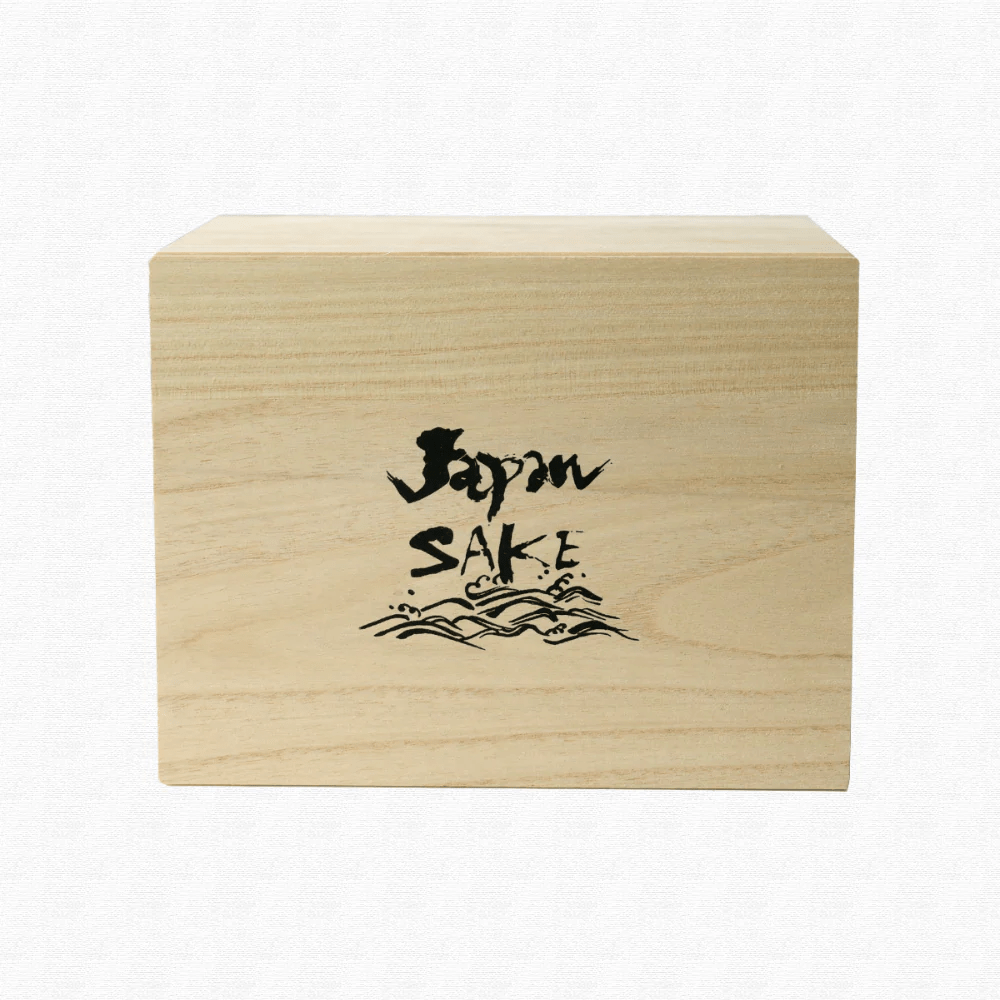

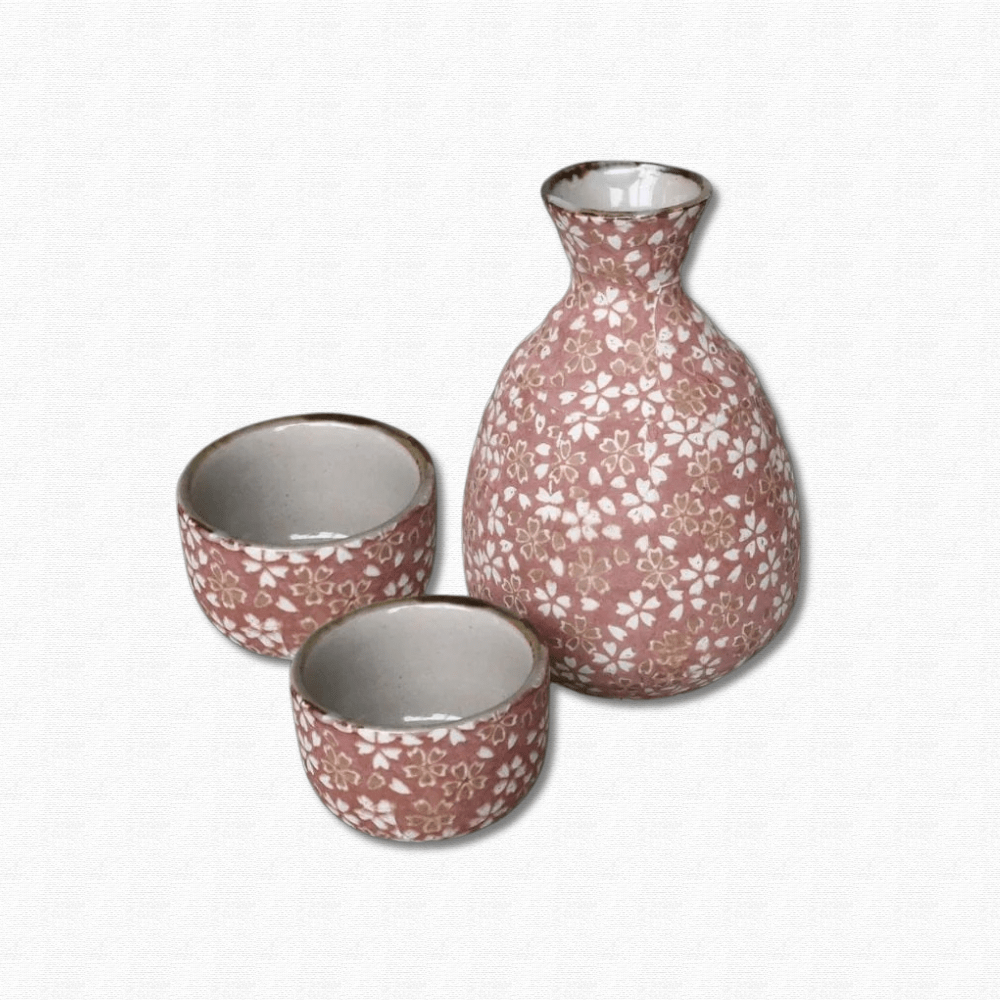
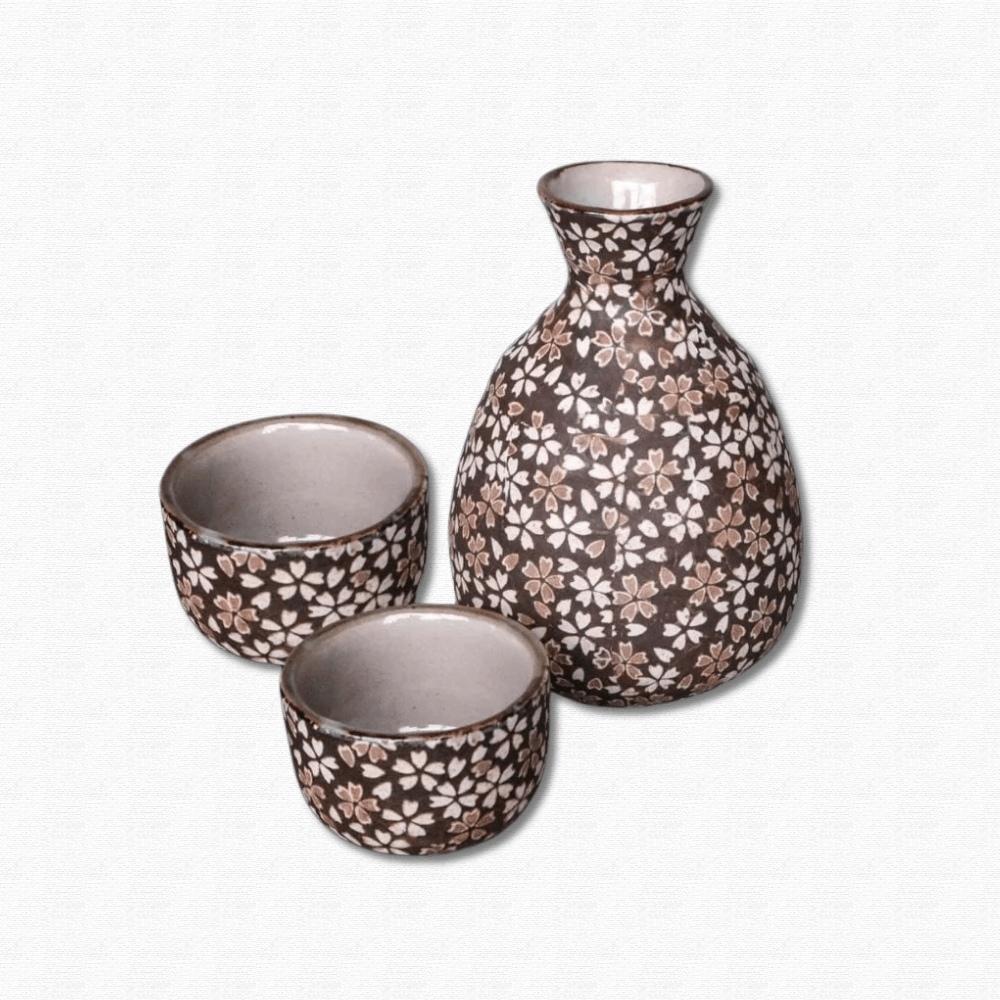
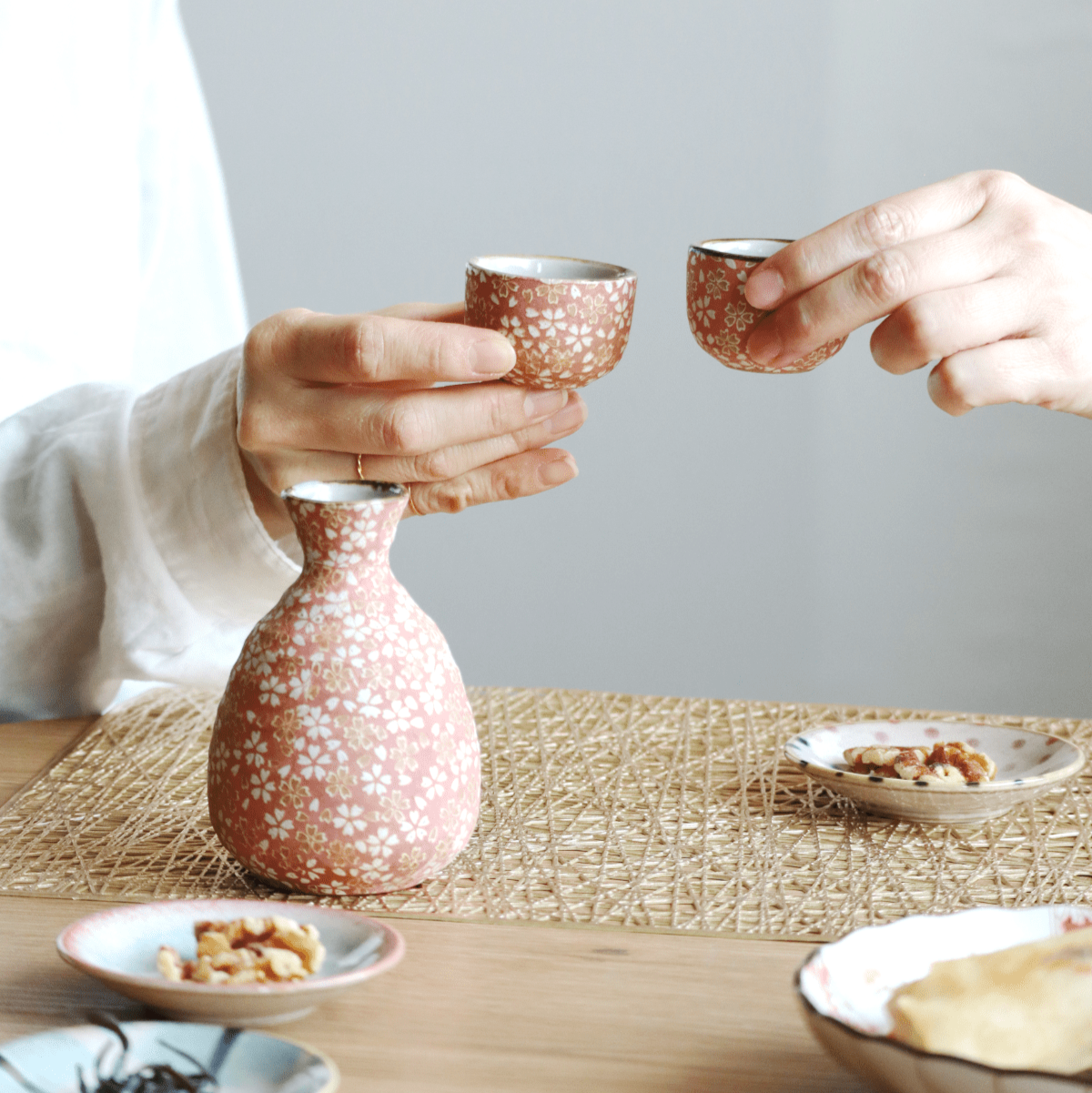
Share: